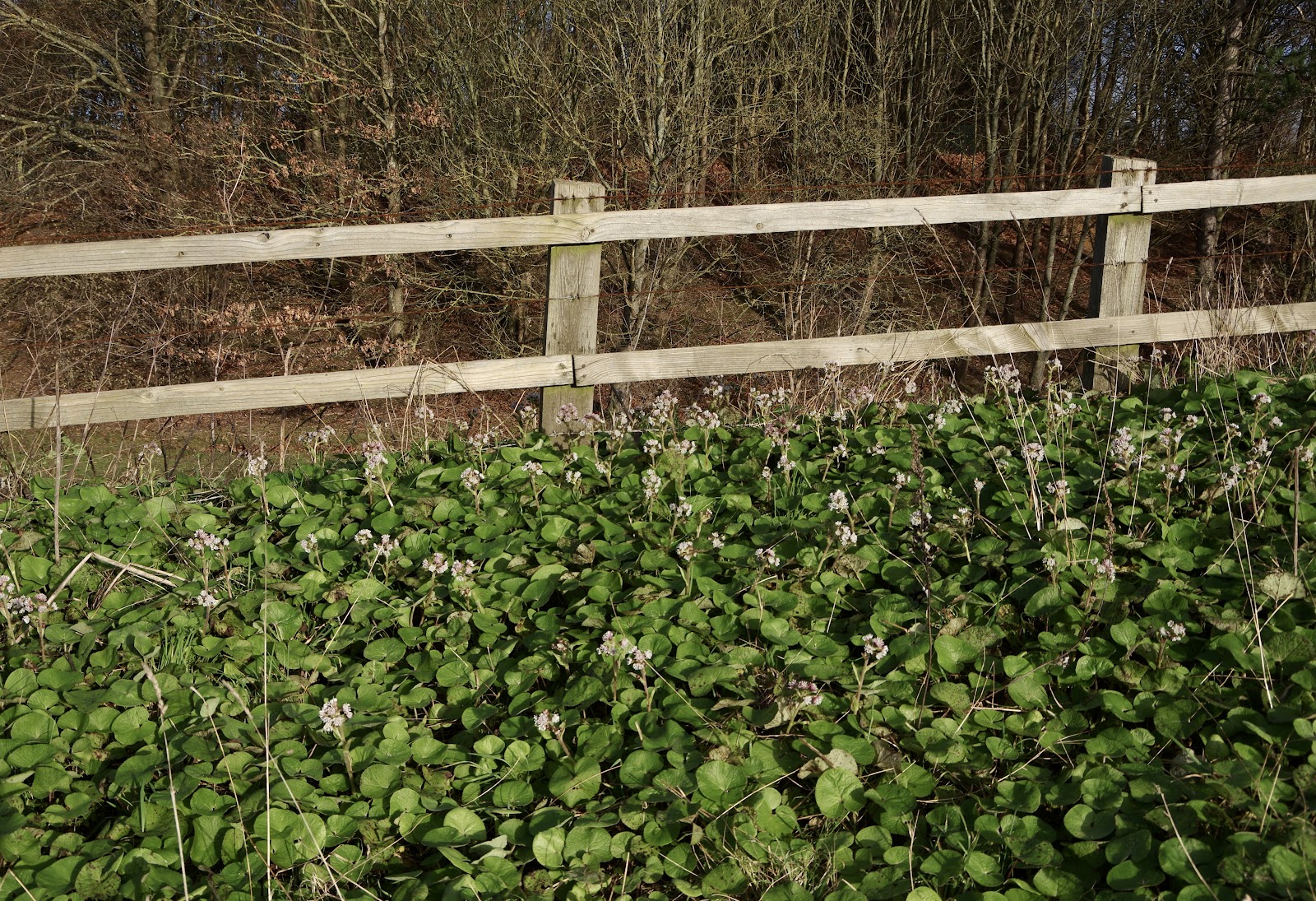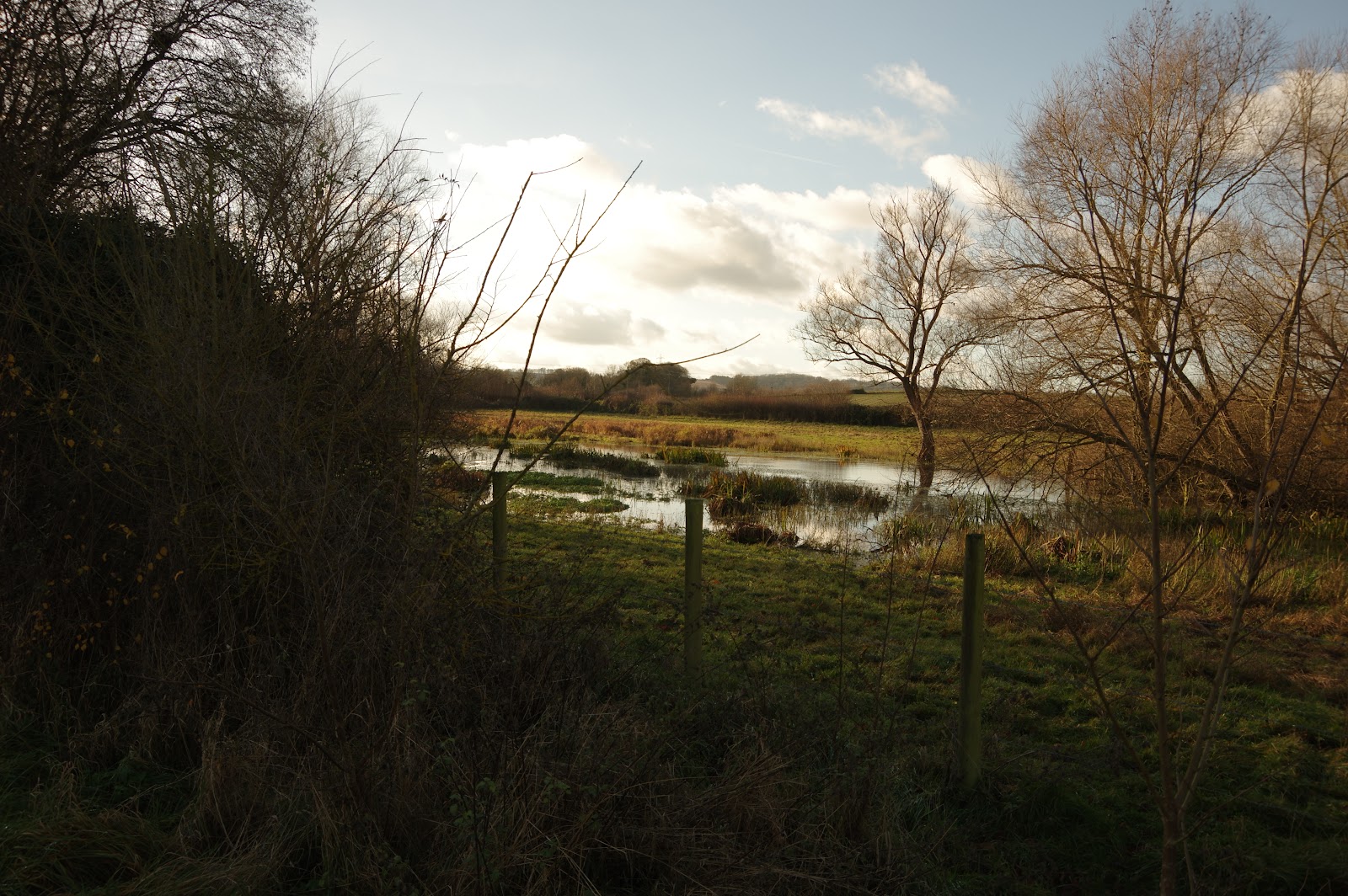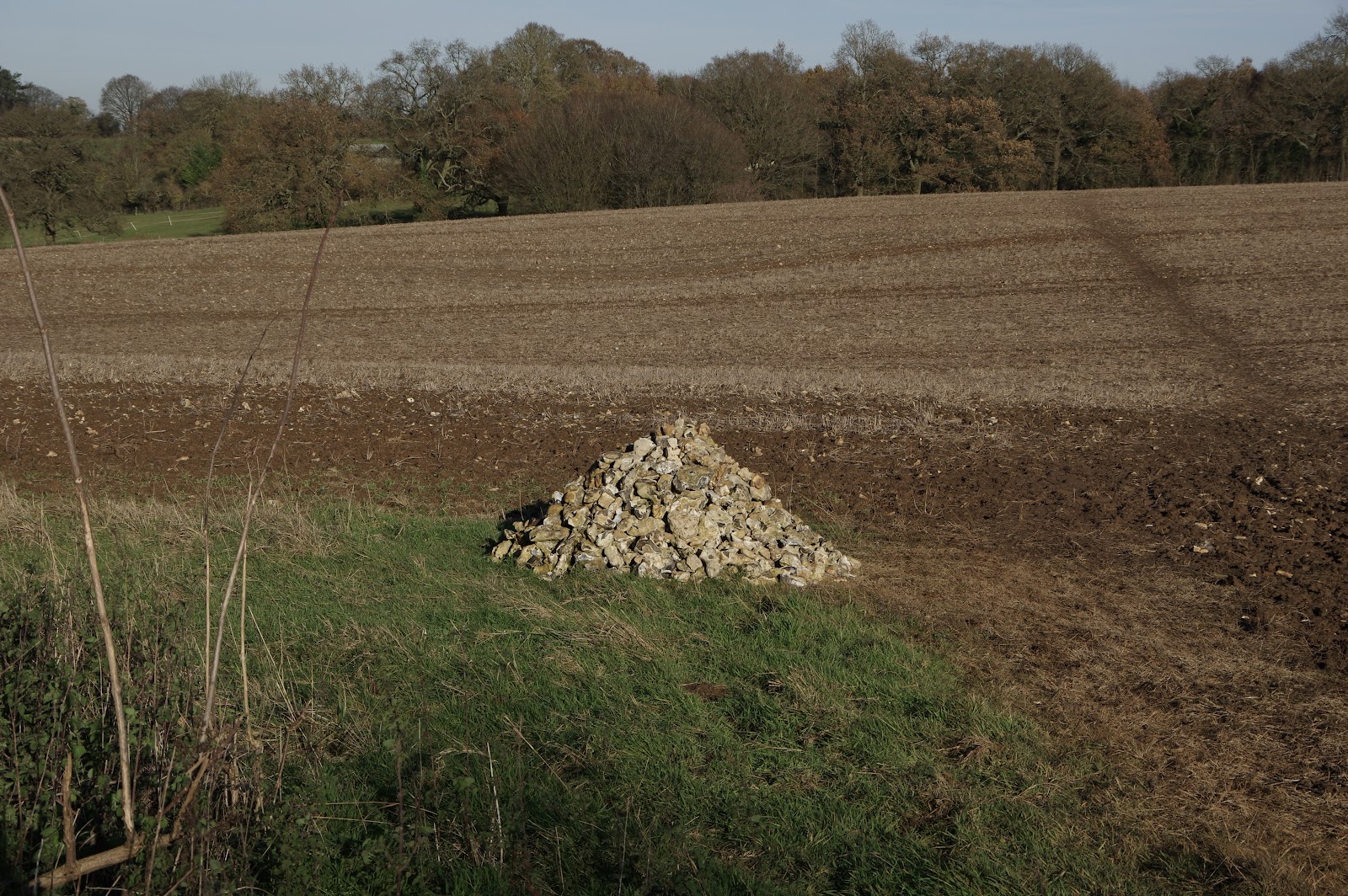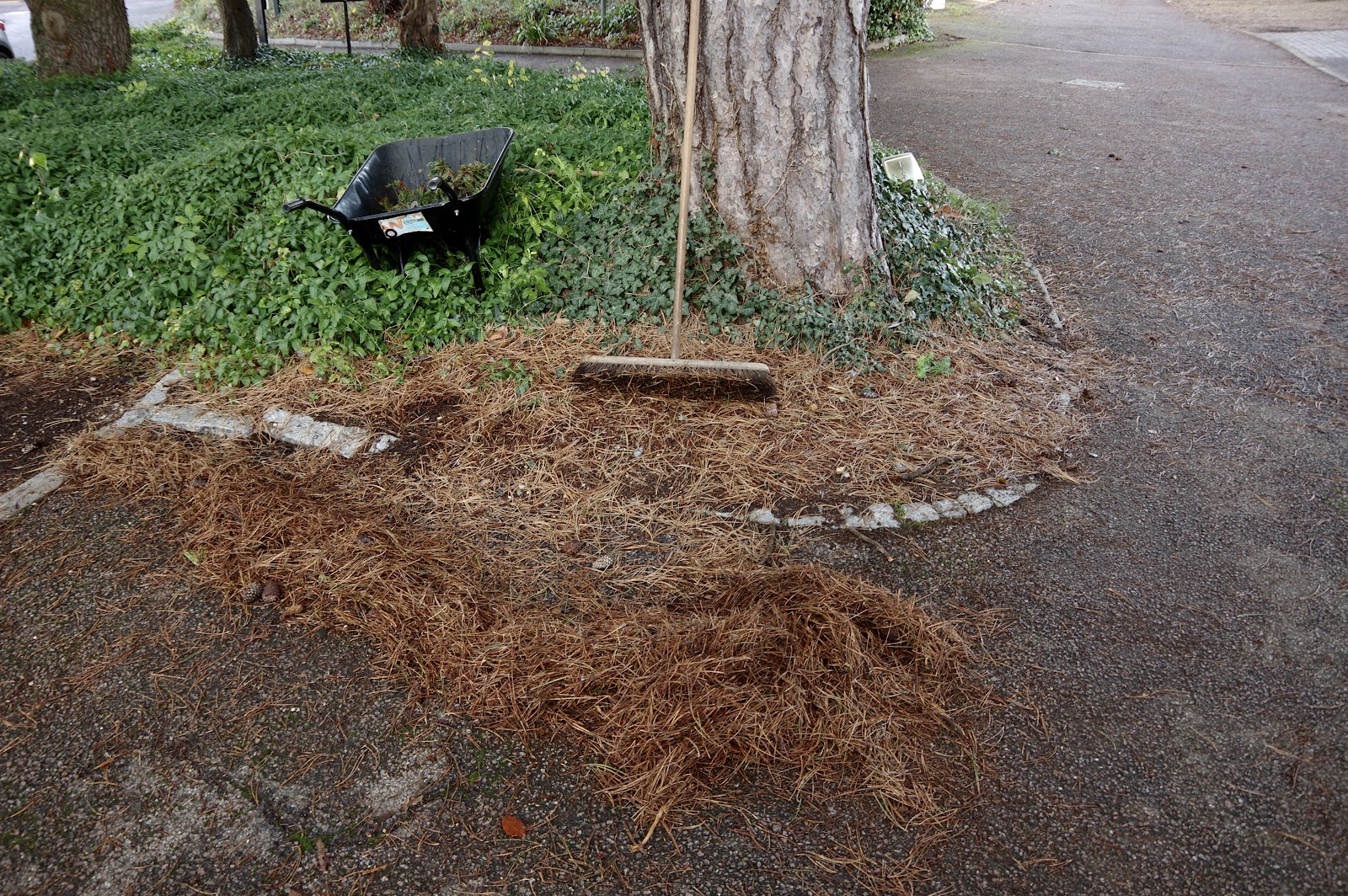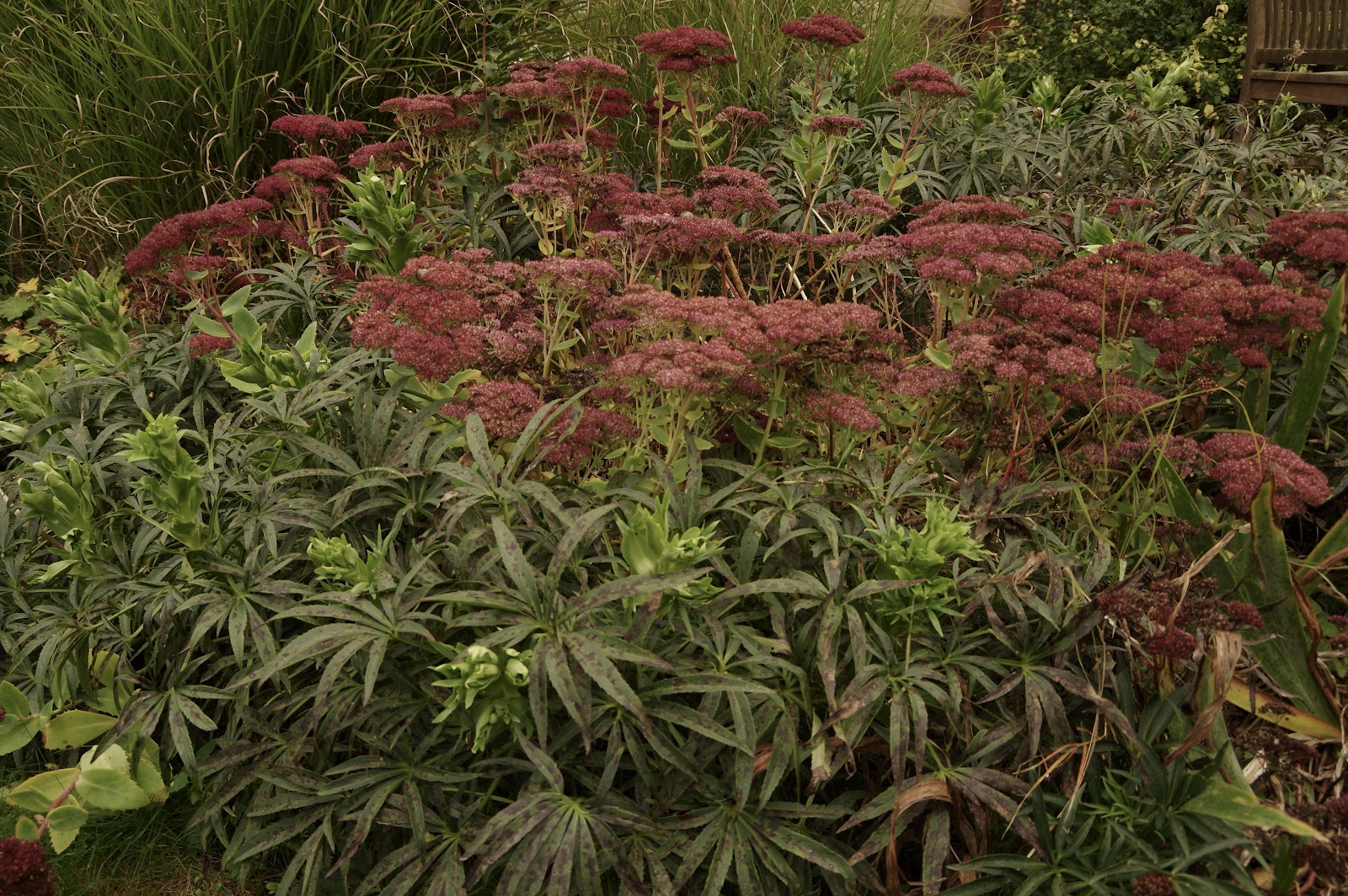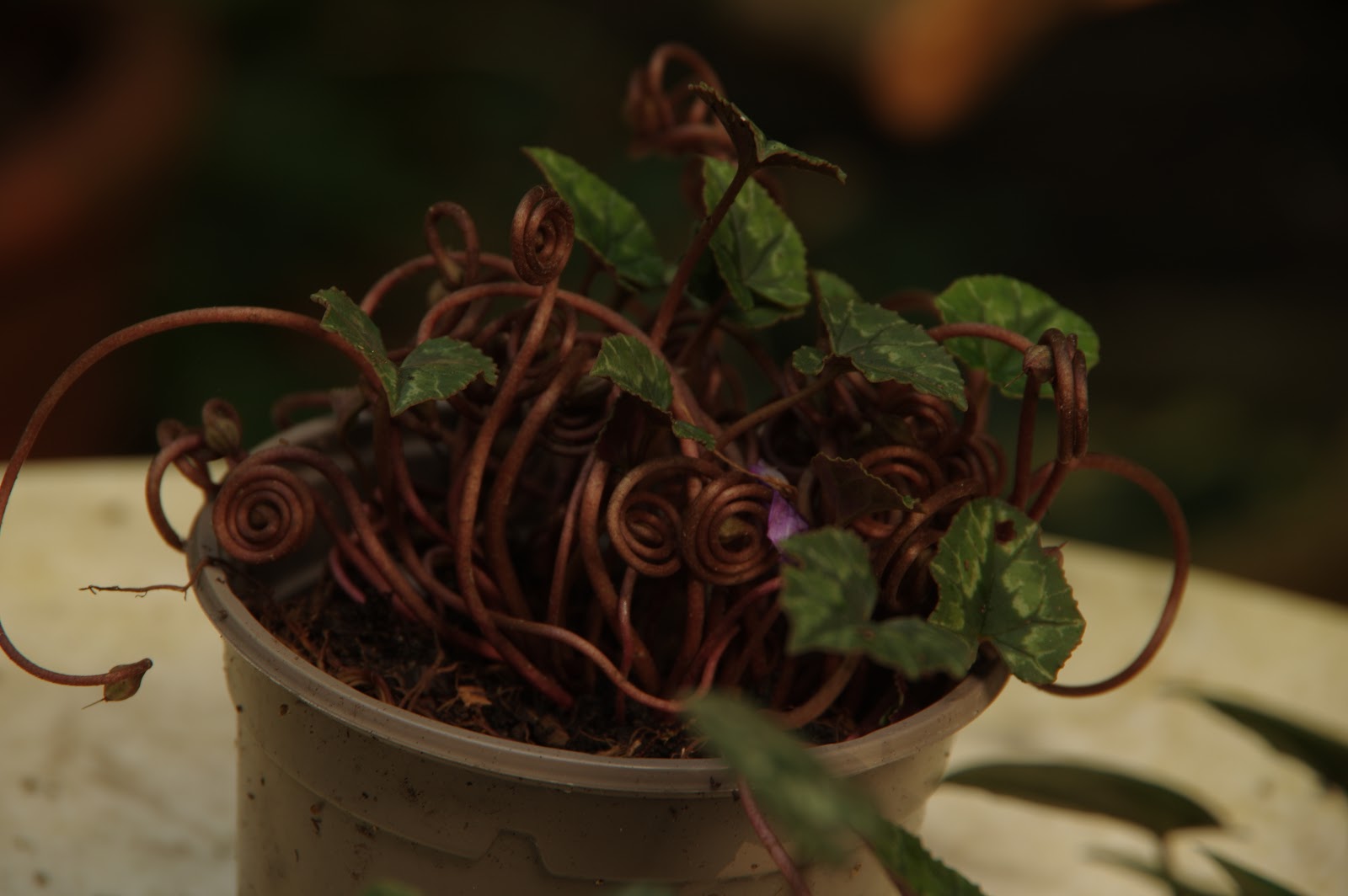Long distance hiking and wild camping in challenging terrain was a regular pastime of mine. Not in recent years though I will do so again I'm sure.
I have been reading Wendell Berry's essay "Getting Along with Nature" over Christmas, more than once in fact. Berry is an American writer and farmer now in his 90s and the essay is a meditation on the relationship between nature/wilderness and our human/industrial economy.
He notes that "Pure nature, anyhow, is not good for humans to live in, and humans do not want to live in it for very long". Certainly the experience of wild places like Dartmoor (above) makes me realise why our ancient ancestors wanted to be warm and dry. Likewise the blazing heat and arid trails of California remind me of the benefits of being fed and watered.
As Berry puts it: "Any exposure to the elements that lasts more than a few hours will remind us of the desirability of the basic human amenities: clothing, shelter, cooked food, the company of kinfolk and friends- perhaps even of hot baths and music and books".
However he goes on to say "It is also true that a condition that is purely human is not good for people to live in, and people do not want to live for very long in it. Obviously, the more artificial a human environment becomes, the more the word 'natural' becomes important."
He reflects that nature and wilderness and the industrial economy "sometimes sound as if they were two separate estates, radically different and radically divided". From that observation he expands on the necessity of finding continuity between them. I will return to this essay in future entries because it resonates with my own experience and many of the themes in this diary.


